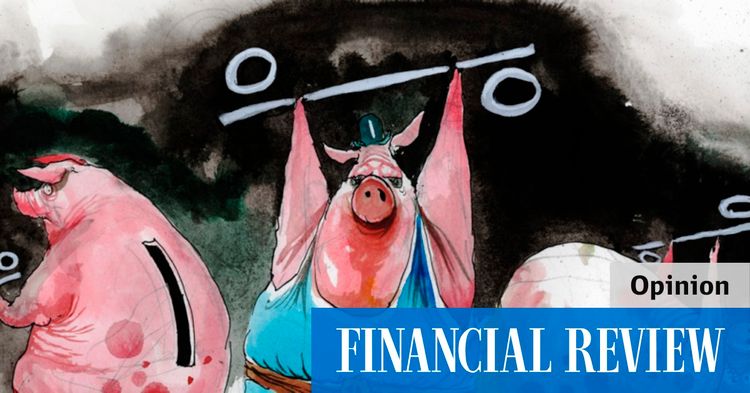RBA interest rates: Investors need to turn detective in the hunt for ...

As such, it’s surely time for investors to start thinking about what sectors have been banking on rate cuts, and so could represent pockets of pain over the next six to 12 months.
Commercial property looms as an obvious example. The pressure on parts of the office sector have been well documented, but the entire sector has risen strongly on the back of the US Federal Reserve’s ill-timed dovish pivot late last year.
The ASX 200 real estate investment trust index, for example, surged 43 per cent from late October 2023 to March 28. As the reality of sticky inflation and higher-for-longer rates has slowly permeated equity markets, the REIT index has dropped about 8 per cent. But if rate cuts will be delayed, is a larger retracement warranted?
Risk of unwindSimilar questions can be asked across a range of sectors.
The ASX consumer discretionary index jumped 25 per cent from late October to mid-March, while the MSCI world infrastructure sector rose 18 per cent over the same period. Even the world’s banks have popped on rate cut hopes, rising 31 per cent since last October – despite the fact falling rates aren’t generally great news for bank profits.
Do investors keep the faith that rate cuts will eventually arrive, or will these sectoral rallies start to unwind? The risk of the latter is surely now a live one.
Investors will also be looking for pockets of pain in credit markets.
Analysis of the US debt market by Bank of America shows that while most corporate debt issuers can absorb 5 per cent interest rates this year, earnings could start to be hit if rate cuts are delayed into the middle of 2025.
“Per our calculations, the floating rate market needs either Fed Fund rates to decline to 3 per cent, or EBITDA growth to rise to 5 per cent to 10 per cent to avoid further downgrades,” says analyst Neha Khoda.
Right now, that sort of earnings growth is actually looking realistic based on analyst projections. But if rates don’t fall, the economy starts to slow and profits start falling, then risks will rise.
Private credit is also an area to watch. Khoda’s analysts found that while about 1 per cent of public debt issuers have less than two years of liquidity to absorb their current rate of cash burn, this rises to 8 per cent for borrowers in private credit markets.










































